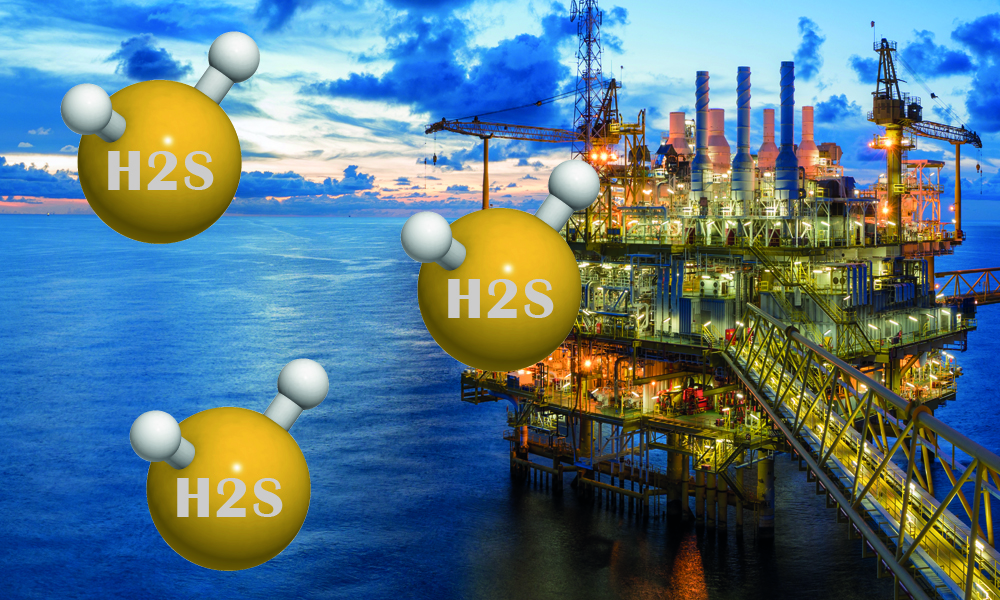
Hydrogen sulfide (H₂S) poses significant corrosion threats to oil and gas equipment, making it one of the primary challenges in pipeline and equipment safety. NACE MR0175/ISO 15156 standards were developed to ensure material reliability and long-term safety in these harsh environments.
These standards apply to equipment used in:
Oil and gas exploration
Production and processing facilities
Pipeline and piping systems
They serve as a critical reference for engineers, manufacturers, and quality inspectors.
Carbon Steel: Requires control of sulfur and phosphorus content with specific heat treatment procedures.
Stainless Steel: Focuses on critical temperature and H₂S partial pressure, especially for austenitic and duplex grades.
Nickel-Based Alloys: Covers materials like Inconel and Hastelloy for specialized applications.
Non-Metallic Materials: Includes elastomers and coatings for sour service applications.
Maximum hardness for carbon steel is generally HRC 22, adjusted for environmental conditions.
Guidelines for Vickers (HV) to Rockwell (HRC) hardness conversion are provided.
Requirements for testing welds and heat-affected zones (HAZ) are specified.
The standards consider:
H₂S partial pressure
Temperature
pH value
Chloride ion concentration
Example: For sour service, H₂S partial pressure ≥ 0.3 kPa defines critical conditions.
Traceability: Chemical composition reports and heat treatment records required.
Non-Destructive Testing (UT/RT/PT): Acceptance criteria strictly defined.
Sulfide Stress Cracking (SSC) Testing: Must be performed in simulated service environments.
Compliance involves supplier audits, material technical document reviews, and certification requirements.
An example is provided for carbon steel pipeline material selection in high-H₂S gas fields in the Middle East, demonstrating real-world applications of the standards.
Future revisions may add rules for CO₂-H₂S coexisting environments.
The latest standard version is ISO 15156:2020, divided into:
Part 1: General Principles, Carbon, and Low Alloy Steels
Part 2: Corrosion-Resistant Alloys and Stainless Steels
Part 3: Crack-Resistant Alloys Requirements
Carbon Steel Hardness: ≤ HRC 22, adjustable for H₂S levels and pH.
Duplex Stainless Steel: Use below critical temperatures (e.g., 250°C).
NACE Technical White Papers: Offer in-depth interpretations.
SY/T 0599 Standard: Domestic reference from China National Petroleum Corporation, technically aligned with ISO 15156.
None
